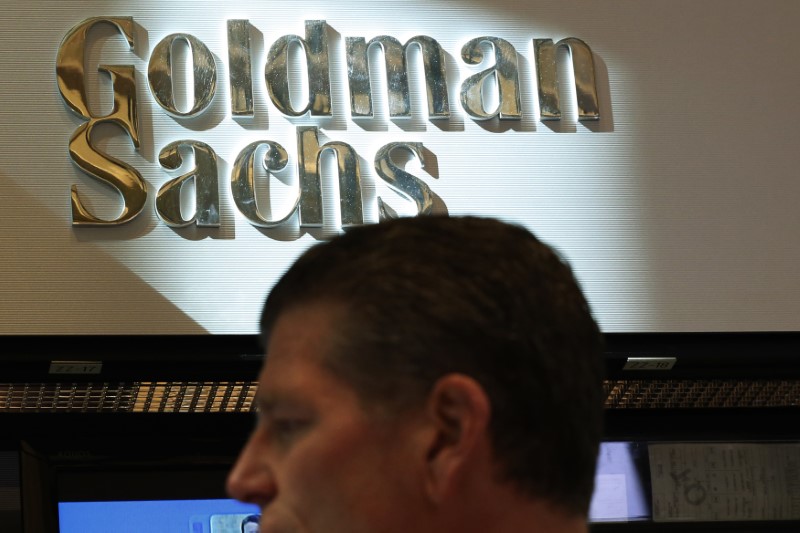Novo Nordisk, Eli Lilly fall after Trump comments on weight loss drug pricing
Mutual funds made minimal changes to their sector positions in 2Q, marking the smallest shift since 2013, according to Goldman Sachs.
Per the bank’s report released Tuesday, the average mutual fund is most overweight in Financials (+147 basis points) and Industrials (+137 basis points), while being most underweight in Information Technology (-358 basis points).
Specifically, the average fund also increased exposure to Health Care by 17 basis points during Q2, while cutting exposure to Information Technology by 16 basis points and Financials by 19 basis points.
The current overweight in Industrials remains near its 10-year high, while the underweight in Information Technology sits at a decade-long extreme. Sectors like Real Estate, Utilities, and Consumer Staples also have tilts near their 10-year highs.
Mutual funds largely maintained their underweight positions in mega-cap tech stocks during the second quarter, with the average large-cap mutual fund being 671 basis points underweight in the Magnificent 7, a slight increase from 660 basis points in the first quarter.
The funds predominantly reduced their holdings in Microsoft (NASDAQ:MSFT), Google (NASDAQ:GOOGL) and Nvidia (NASDAQ:NVDA), while Apple (NASDAQ:AAPL) was the only stock among the Magnificent 7 where funds added to their positions.
Other notable shifts were observed in the cyclical versus defensive equities landscape. More concretely, mutual funds kept significant overweight positions in cyclical stocks throughout the second quarter.
This strategy has bear fruit for much of the year, but the sharp 11% sell-off of cyclicals compared to defensives in late July and early August posed challenges for fund performance. Despite this downturn, data indicates that fund managers largely retained their overweight positions in cyclicals as they moved into the third quarter.
The report also notes that the mutual fund baskets of most overweight stocks outperformed the equal-weight S&P 500, but underperformed compared to their most underweight counterparts year-to-date, with a return of 11% versus 19%, respectively.
Year-to-date, only 34% of mutual funds have outperformed their benchmarks, a drop from 50% in May and below the historical average of 38%.
With cash balances at record lows, fund managers are striving to minimize the impact of holding cash amid a rising equity market, according to Goldman's report. Meanwhile, the trend of outflows from active mutual funds continues, with $220 billion withdrawn so far this year, contrasting sharply with the $284 billion flowing into passive ETFs.
